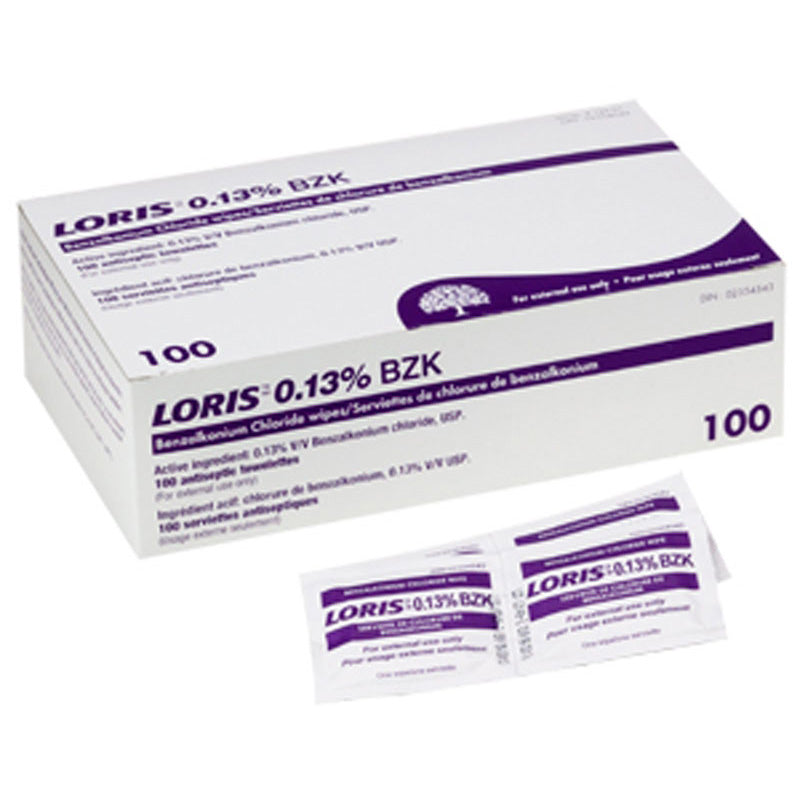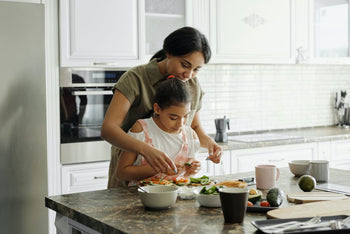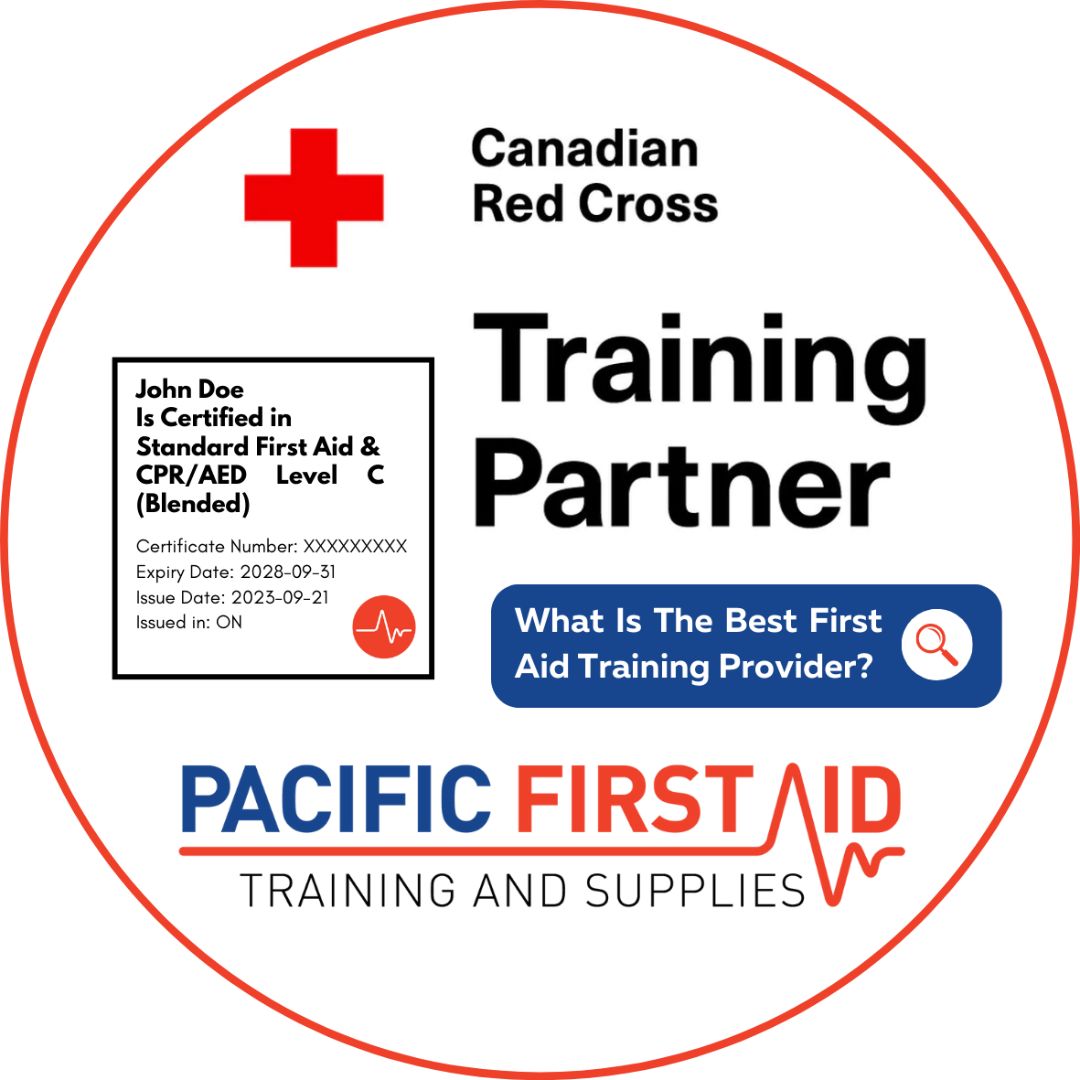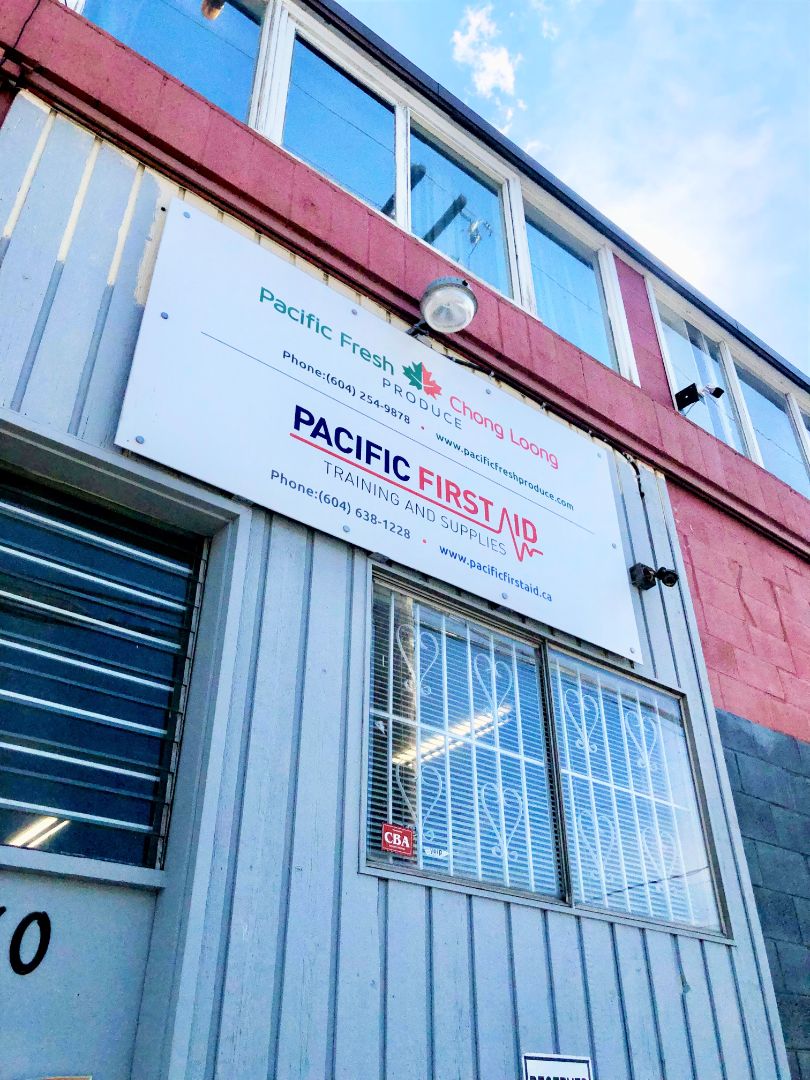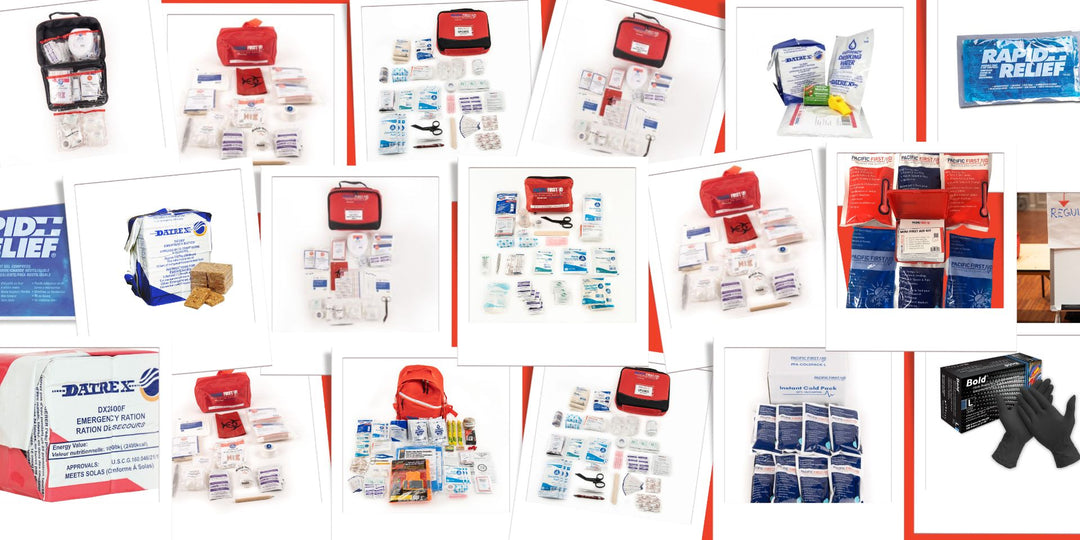How To Perform CPR On A Baby
Photo Credit: Minnie Zhou
Knowing how to perform CPR on a baby is an essential first aid skill. There are many reasons why a baby might stop breathing: from choking on foreign objects, respiratory issues (such as asthma) to food. When it comes to CPR for adults and children, there isn’t much of a difference. If you have your CPR and first aid certification, the same rules apply. At Pacific First Aid, we offer all levels first aid classes as well as an Emergency Child Care course. No matter what you choose, we’ve got you covered.
When it comes to children, the principles of CPR are the exact same. It’s critical you deliver effective chest compressions, rescue breaths and keep oxygen moving through the body. Until an advanced first responder arrives, it’s essential to perform CPR.
Infant CPR:
When going about CPR on an infant, it’s important to be gentle. Although babies’ bones are more flexible compared to adults, they’re more delicate. The first thing you do is confirm that the infant is unconscious.
With both infants and young children, you’ll want to check for a pulse on the inside of the upper arm and begin performing CPR right away before calling 911. When providing rescue breaths, gently tilt the infant’s head so its nose is in the air (also known as the “sniffing position”). It’s key that you don’t use full-force breaths when performing CPR on an infant. Instead, use your cheeks to puff air into the baby’s mouth and nose.
The key differences to note with children:
- It’s important to never shake a baby when checking for a response. As an alternative, gently flick or tap the bottom of their foot.
- When you tilt a baby’s airway, make sure you’re gentle. If done forcefully, you can cause further injury to their neck. Instead, you can bring the head into a neutral position.
- When administering CPR, only use two fingers in the center of the baby’s chest.
- Chest compressions should be 1 ½ inches deep at a rate of 30 compressions per 2 rescue breaths.
If you’re in a situation where an AED is available, apply the pediatric pads and use it after five cycles of CPR.
Whether you’re a parent, a camp counselor or school teacher, knowing the CPR and first aid basics for children is advantageous. You can take an online first aid training course that will cover emergency child care and get the certification you need. At Pacific First Aid, we offer first aid supplies you can use to make your own customized first aid kit. Take control of the situation next time a child is in an emergency.


